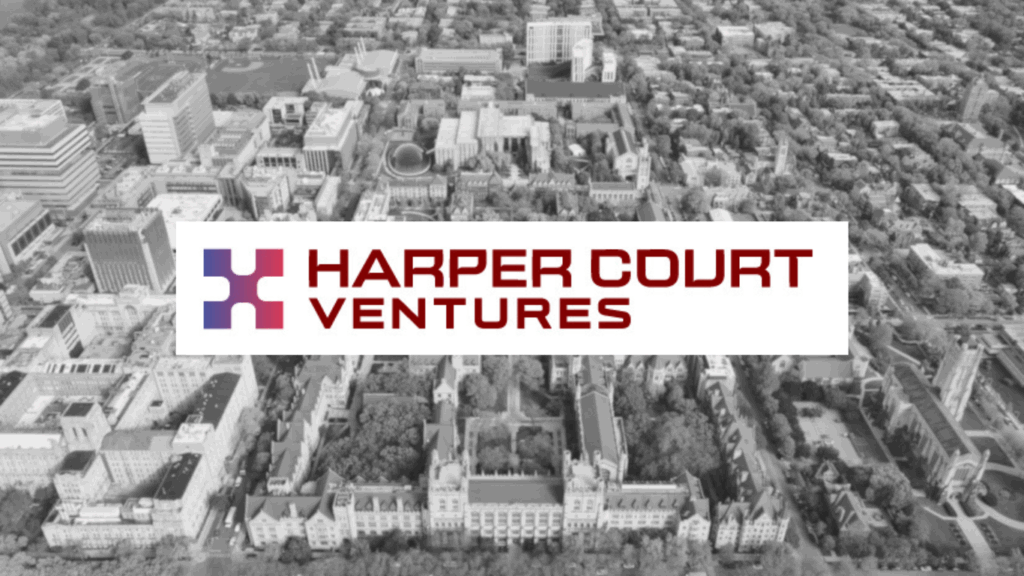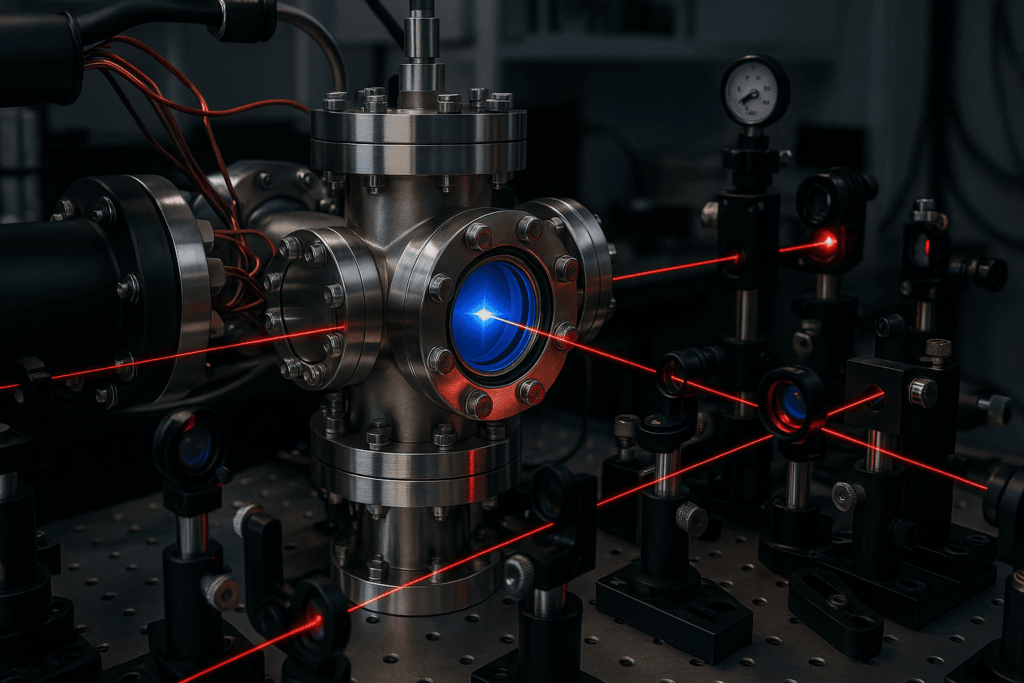Insider Brief
- University of Chinese Academy of Sciences researchers used a time crystal to enhance the stability of quantum states in a quantum computer.
- The researchers note that this may be the first practical use of a time crystal.
- Time crystals were first theorized by Frank Wilczek in 2012.
A team of University of Chinese Academy of Sciences researchers have leveraged a discrete time crystal — a new state of matter — to enhance the stability of quantum states within a quantum computer, potentially marking a significant advancement in the field of quantum computing, according an ArXiv paper and as reported in New Scientist.
This approach, led by Biao Huang, centers on stabilizing the notoriously fragile Greenberger-Horne-Zeilinger (GHZ) state, a complex quantum state that represents a large-scale entanglement of qubits, the quantum equivalent of bits in traditional computing.
Nobel laureate Frank Wilczek first theorized the concept of time crystals in 2012, sparking controversy because of the perpetual oscillation between two configurations without any energy input. In other words, seemingly defying the laws of physics, time crystals can change between two states in a regular pattern forever, without needing any energy to keep going. This is like a clock that keeps ticking without ever needing to be wound up

Despite initial skepticism, several research groups have successfully created time crystals in laboratory settings, including within quantum computers. Time crystals exhibit a unique pattern of oscillation over time, similar to how atoms arrange themselves in three-dimensional space to form conventional crystals.
In this experiment, the researchers utilized a discrete time crystal as a control mechanism to safeguard the GHZ states within their quantum computer, which consists of qubits made from tiny circuits capable of conducting electricity without resistance. These qubits can exist in a quantum superposition, analogous to Schrödinger’s cat thought experiment, where the cat is simultaneously alive and dead until its state is observed.
Think of it as a control knob for a quantum computer, New Scientist explained.
GHZ states are crucial for pushing the boundaries of quantum physics and enhancing quantum computing and communication technologies. However, they become increasingly unstable as more qubits are entangled, with past experiments demonstrating the challenges of preserving their unique properties amidst minor disturbances. By employing a discrete time crystal, the team was able to construct a “safe house” to protect the GHZ state, achieving a less fragile configuration of 36 qubits, compared to the previously unstable larger state that included up to 60 qubits.
The application of microwave pulses to the qubits not only induced their quantum properties to oscillate and form a time crystal but also minimized disturbances that would typically disrupt the GHZ state. This could mark the first practical use of a discrete time crystal, according to Biao Huang, Kavli Institute for Theoretical Sciences, University of Chinese Academy of Sciences.
“We used the structure of the discrete time crystal to construct a ‘safe house’ for sheltering the fragile GHZ states,” Huang told New Scientist. “As far as we know, this is the first practical application of a discrete time crystal. Our work tells people that time crystals are not only conceptually interesting but also have practical value.”
Experts in the field, including Francisco Machado from Harvard University and Mario Krenn at the Max Planck Institute for the Science of Light in Germany, told New Scientist that the experiment shows an impressive technical achievement and its contribution to the advancement of quantum computing technologies. This research not only demonstrates the feasibility of stabilizing complex quantum states but also opens new avenues for employing time crystals and other quantum phenomena in practical applications.
ArXiv is a pre-print server, which means the paper has not technically been peer review.
For more market insights, check out our latest quantum computing news here.















